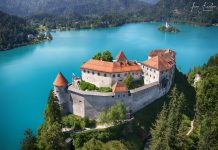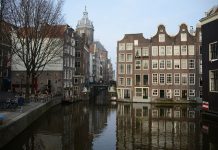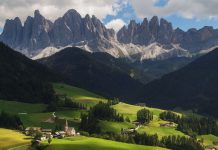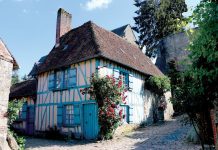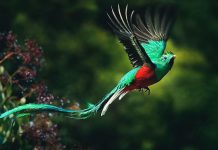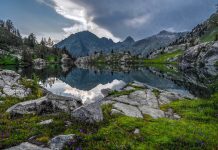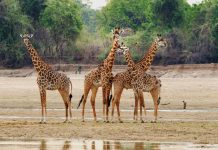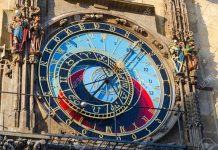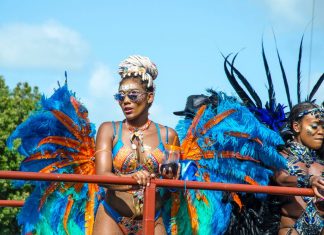When in Rapa Nui you will want to visit the numerous archaeological sites, the most populare of which are:
Rano Raraku: known as the quarry where the Moai were carved. Here, you will see about 400 statues in various stages of construction and transportation, an activity that seems to have been stopped from one day to the next, without an explanation of the events that caused the work to stop.
Ceremonial village of Orongo: located South West of the volcano Rano Kau. Restored in the 1960s, its 53 houses and the incredible view of the crater of the volcano Rano Kau, with a diameter of more than one and one half km, is one of the unique spots in the world. This is the site where the ancient ceremony of the Tangata Manu was held. On the ocean side of the crater you see the impressive view of cliffs and three small, barren islands (Motu Nui, Motu Iti, Motu Kao Kao). In this place is one of the highest concentrations of the more important petroglifs of the world.
Ahu Moai: all around the island are 300 platforms or altars (ahu), most of these having beed destroyed by the action of the men, animals and the elements. Of these we emphasize the sites of Vaihu, Akahanga, Hekíi, Raai, Te Peu and Vinapu, where it is possible to observe statues, ancient settlements (houses, caverns, furnaces and hen houses), in addition to ceremonial sites.
Restored Sites of Interest:
- Ahu Tongariki: a site recently restored by the archaeologist Claudius Cristino, where it is possible to appreciate 15 statues of different periods of construction. This place of natural beauty, near Rano Raraku, inspires awe in the hearts of visitors
- Tahai-Ko Te Riku Complex: recently restored complex: this archaeological site is located in the town of Hanga Roa and is known as a “complete restoration”, where it is possible to see stone houses, hen houses, ceremonial sites, three platforms (ahu) with moai (Tahai, Vai Uri, Ko Te Riku), in addition to a boat ramp completely constructed of stones.
- Ahu Huri A Urenga: a restoration located near the town of Hanga Roa. The only statue oriented toward the sun rise on the day of winter solstice. This astronomical moment marks not only the beginning of the winter season, but also signals the beginning of the tapu (taboo) season, which prohibits certain fishing activites as well as other activities in the island.
- Ahu Akivi: archaeological complex restored in 1960 by the archaeologist William Mulloy. 7 statues facing towards the setting sun (the sea). Legend tells that these 7 moai represent the seven first explorers sent to the island by king Hotu Matúa.
- Ahu Ature Huki: located in Anakena Beach, it is the first restoration done during the Norwegian expedition in 1956. Believed to be a statue of anthropomorphous aspect and apparently older than the neighboring platforms.
- Ahu Nau Nau: restoration done by the Rapanui archaeologist Sergio Rapu, in the late 70s, located in Anakena Beach. 7 very well conserved statues in which carved details can be appreciated more than in other moai, like tattoos and clothes. During the restoration of this site, an eye of a moai was found, which is now exhibited in the island Museum.

